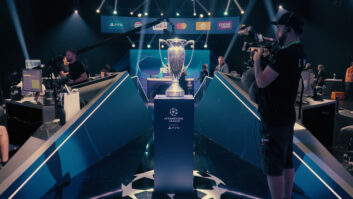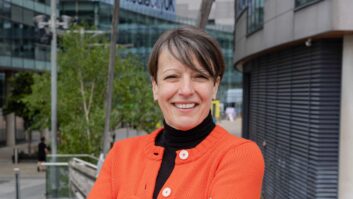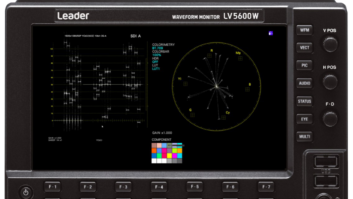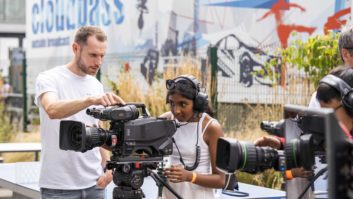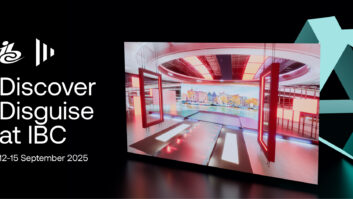Since first appearing in 2010, television debates have become an essential part of the process in UK election campaigns, with leaders’ performances seen as potentially game-changing in the race to Number 10. While next month’s General Election was not unexpected, its timing came as a surprise to many. The team from dock10 studios needed to respond rapidly.

Based at the heart of Manchester’s Media City, the dock10 facility was chosen to host the two debates produced by ITV and MultiStory Media. To find out more about how the process worked, TVBEurope talked to dock10’s head of technology operations, John O’Shaughnessy, who explained how the studio was able to react so effectively: “At dock10 we are used to working to late production requests and tight deadlines. The hugely skilled team and highly flexible facilities enable us to achieve this. Having worked on many Leader’s Debates for itv, stretching back to 2015, as soon as we were aware of the election date we starting to design and plan based on previous events. We engaged with the ITV production and news teams as soon as feasible and adjusted the plans to suit desired variations.”

Continuing, O’Shaughnessy clarified exactly what role dock10 played in proceedings: “Primarily as ITV’s studio provider of technical facilities and staff. This included diverse transmission & connectivity lines to ITV and third party providers, along with all ancillary facilities (production offices, green room, audience handling & seating, dressing rooms etc.). Also, bespoke and shared ‘pool’ feeds and communications were distributed across the Media City site and to ITV’s ‘spin’ room housing the press and candidate support teams.”
Given the importance of the debates in the democratic process, the fact that they might very well have an influence on who forms the next UK Government, it is crucial that everything works as planned. How big was the team behind the two debates, and how many studios/galleries were used?
“For the main Transmission days, the total team varied from 56 (head-to-head) to 70 (7-way) personnel,” said O’Shaughnessy. “This was made up of operational crew, technology team, back-office management, co-ordination & scheduling, audience handlers & local security. These numbers exclude ITV production staff and the multiple external teams of security personnel.

“The debates were held in one studio and its associated three galleries (production, lighting/vision and sound). All technical facilities were controlled through a master control room linked to two central technology areas, hosting 100+ racks of equipment.”
O’Shaughnessy then outlined the technology that was used for both programmes, which included:
- Sony HDC-3500 cameras with assorted lenses, pedestals, Jimmy Jib & Furio Dolly
- Sony MVS-8000 Vision Switcher
- Calrec Apollo Audio Mixer and assorted Hydra2 I/O boxes and network
- Riedel Artist & Bolero comms system
- Tait facility wide comms system
- EVS XT3
- Autocue
- Multiple centralised facilities (incl. routers, ,multi-viewers, broadcast network, glue)
On-screen graphics included Ross XPression for simple name captions etc. with Perpetual DOG/watermark keyed via the vision switcher.
Finally, considering a question about the most challenging aspect of working on the debates (apart from keeping the fact that dock10 was the location under wraps, prior to the event), O’Shaughnessy answered, “The request to deliver within a few days along with an already busy studio schedule over a half-term school period resulted in challenges over equipment and staffing resources. Both were accomplished through precise planning, organisation and a fantastic team effort.”
